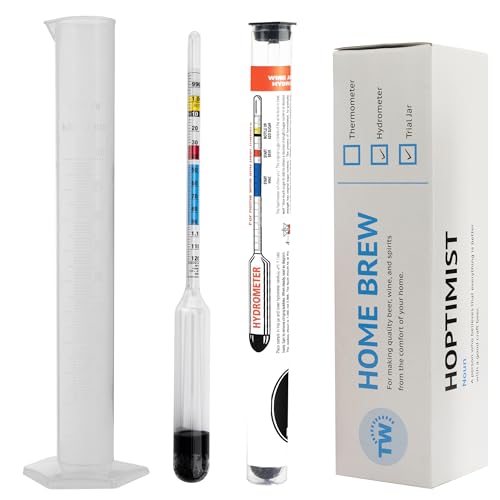Sadfield
Landlord.
I would check the accuracy of your thermometer that you use during mashing. If it's a digital one it could have gone awry and you are now mashing a few degrees higher. Extra dextrines from a higher mash temp added to 9% dextrine(crystal) malts would definitely give yeast a harder time, without affecting your OG.
To check calibration, I fill a pint glass with ice cubes and top up with water for 0c, and pop the lid open on a domestic kettle whilst boiling, this maintains a rolling boil for 100c.
Sent from my E5823 using Tapatalk
To check calibration, I fill a pint glass with ice cubes and top up with water for 0c, and pop the lid open on a domestic kettle whilst boiling, this maintains a rolling boil for 100c.
Sent from my E5823 using Tapatalk
Last edited:







































